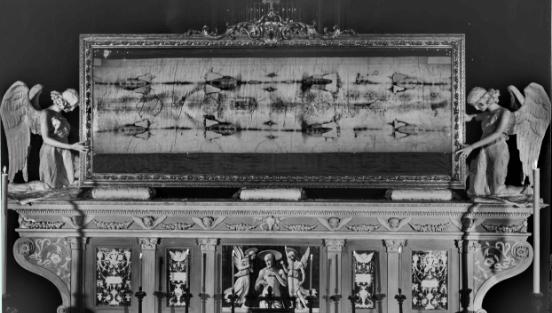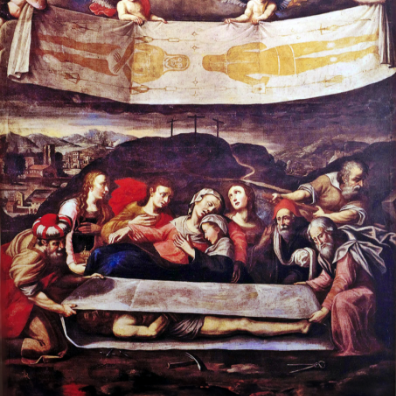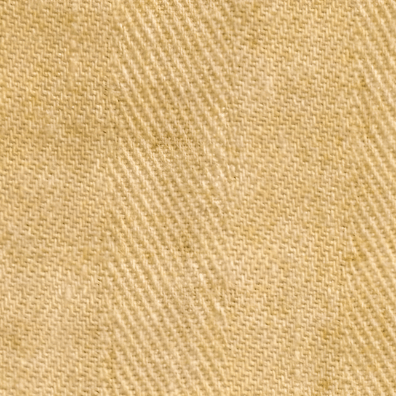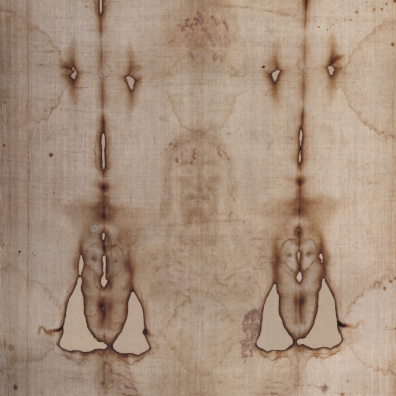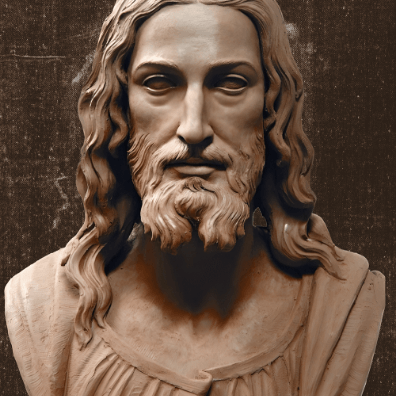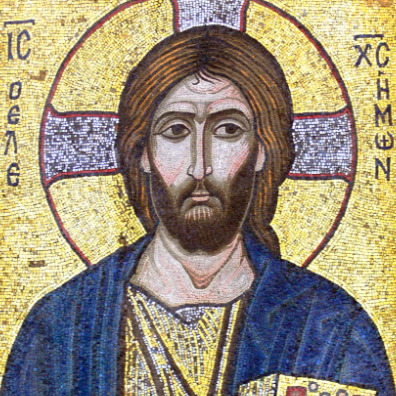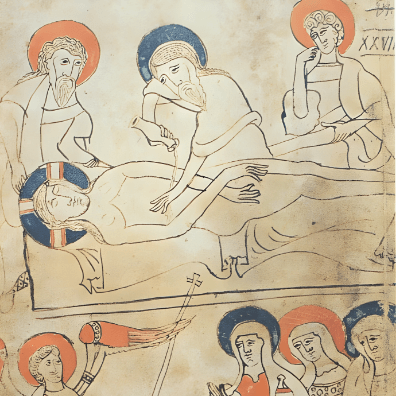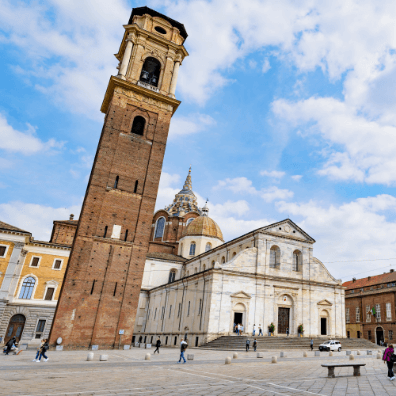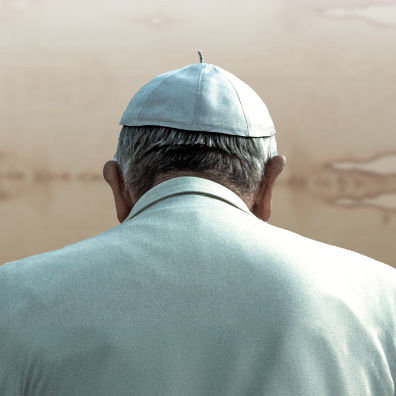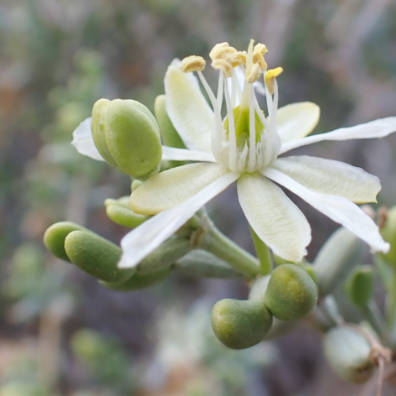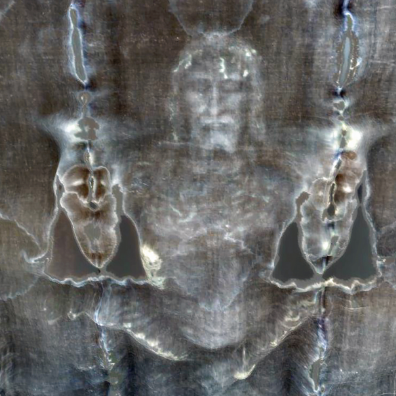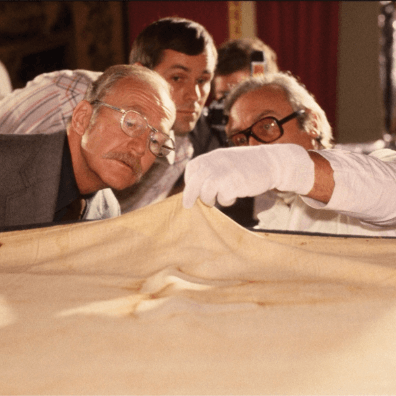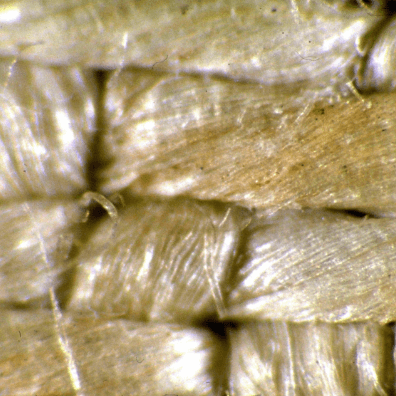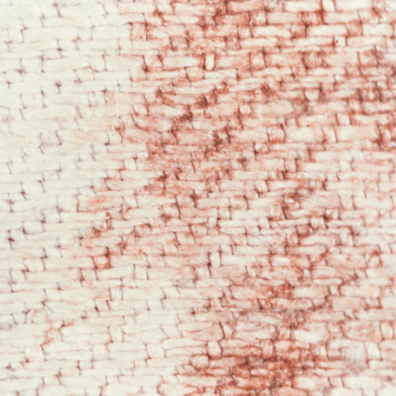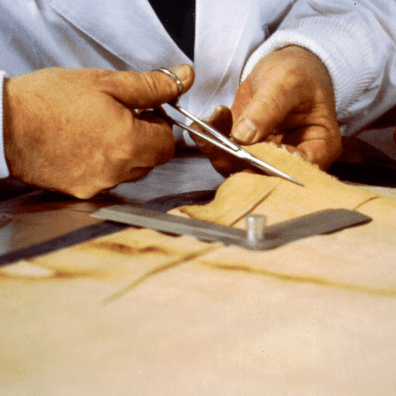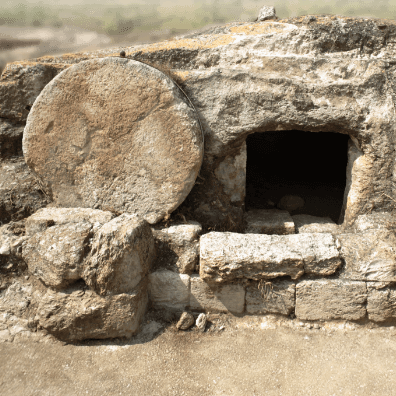A pivotal moment in the history of the Shroud occurred on the night of May 25, 1898. Secondo Pia, an amateur photographer, brought his camera to the Turin cathedral and took the world’s first photograph of the Shroud.
When he developed the photo negative plate, he was so shocked he almost dropped the fragile glass. Pia saw before his eyes the clear image of the face of Jesus for the first time in almost 2000 years!
When he described the moment afterward, he said: “Shut up in my darkroom, all intent on my work, I experienced a very strong emotion when, during the development, I saw for the first time the Holy Face appear on the plate, with such clarity that I was dumbfounded by it.”
Pia had discovered something new about the Shroud: the image on the cloth has a photo-negative quality.
A photo negative looks like the opposite of a normal image, with the light and dark areas reversed. So when Pia looked at the negative, he wasn’t seeing the Shroud as it appears to the naked eye. He was seeing it with the light and dark areas reversed. The face was clearer and more defined.
This was a breakthrough discovery. But some people were skeptical. They thought Pia may have tampered with the photographic plates. So in 1931, a professional photographer named Guissepe Enrie photographed the Shroud with newer and better equipment. Enrie’s results were the same as Secondo Pia’s. The face appeared with more clarity and detail when viewed as a photographic negative.
The discovery of the photo-negative quality of the Shroud caught the attention of the scientific community, paving the way for new research. The modern era of the Shroud had begun.
Yet the image on the Shroud had more secrets to reveal. In 1976, a group of scientists working at Sandia, a U.S. government weapons lab, put Guisseppe Enrie’s photo of the Shroud into a VP-8 Analyzer, and made another discovery. We’ll return to that story in a few minutes.

